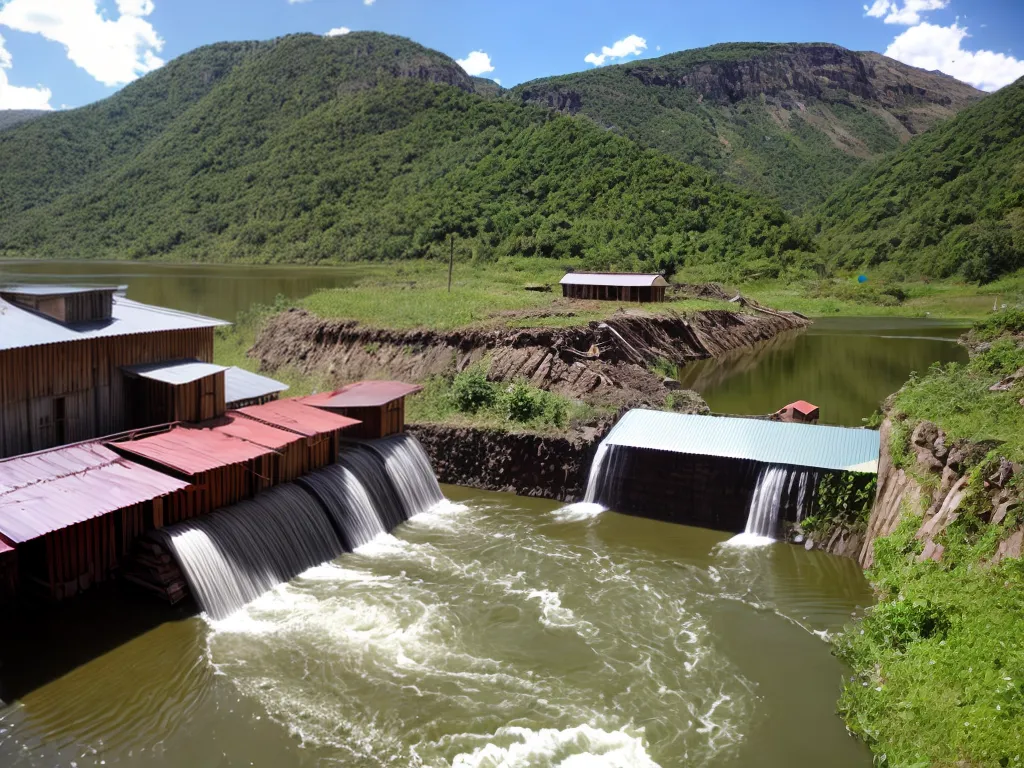
How to Implement Small-Scale Hydropower Systems in Remote Rural Communities
Bringing electricity to remote rural communities can be challenging, but small-scale hydropower systems offer a sustainable solution. As an engineer working on these types of projects, I have learned that successfully implementing small-scale hydropower requires careful planning, community engagement, and adapting to local contexts. Here is my guide on how to implement effective small-scale hydropower systems in remote rural areas:
Evaluating the Local Context
The first step is understanding the local geography, hydrology, community needs and available resources. I consider the following:
-
Local river or stream hydrology - What are the water flow rates throughout the year? Is flow consistent enough for hydropower?
-
Topography - Are there elevation drops on rivers suitable for hydropower? What is the optimal location and head height?
-
Energy needs - What are the community's electricity needs? How much power is required?
-
Accessibility - Can equipment and materials be transported to the location? Are roads accessible year-round?
-
Existing infrastructure - Can existing structures like irrigation canals or dams be retrofitted for hydropower?
-
Available materials - What local materials, skillsets and manufacturing capabilities exist?
Thorough site evaluation enables adapting the system design to the specific local conditions.
Community Engagement
Community participation is crucial for project sustainability. I make sure to:
-
Consult with local leaders and residents about their electricity needs.
-
Involve the community in planning decisions.
-
Assess ability to operate and maintain the system long-term.
-
Evaluate financing options and ability to pay for electricity.
-
Provide training and capacity building.
-
Develop a sense of community ownership over the project.
Working closely with end users ensures the system meets their needs and facilitates local buy-in.
System Design and Sizing
The system components and size depend on site conditions and power requirements. I consider:
-
Hydro resource - Expected flow rates and head height inform turbine selection.
-
Power needs - Critical loads and future demand growth determine required wattage.
-
Voltage - Match voltage output to appliances and transmission lengths.
-
Automation - Sensors and controllers allow remote monitoring and operation.
-
Distribution - Design efficient distribution network based on load locations.
-
Storage - Incorporate batteries or pond storage for when streamflow is low.
-
Backup power - Integrate solar, diesel generator for supplemental power.
Right-sizing the system and optimizing for reliability are key for successful operation.
Turbine and Civil Works
I match the turbine type to the site head and flow characteristics:
-
Impulse turbines - For high head sites, Pelton and Turgo wheels work well.
-
Reaction turbines - Low head sites are best suited for Francis, propeller or Kaplan turbines.
The civil works depend on the turbine choice:
-
Diversion structures - Intake weirs or canals route water to impulse turbines.
-
Conduits - Penstocks pipe water to impulse turbine nozzles.
-
Housing - Powerhouses protect reaction turbines.
-
Channels - Tailraces return discharged water to river.
Proper turbine selection and civil works installation maximize power generation.
Installation and Testing
I follow structured installation and commissioning procedures:
-
Assemble turbines, generators, controllers and balance of plant on site.
-
Test individual components and installations for leaks, alignment, voltages.
-
Startup turbines slowly, monitoring for vibrations and temperatures.
-
Conduct performance testing to confirm expected power output achieved.
-
Fine tune gates, voltages, settings to optimize operation.
Thorough installation and testing ensures long-term reliability and performance.
Operation and Maintenance
To sustain a small hydropower system over decades, I establish:
-
Documented O&M manuals and procedures.
-
Scheduled preventative maintenance and overhauls.
-
Trained operators and technicians.
-
Spare parts inventory.
-
Financing for major repairs and upgrades.
-
Agreement on governance and revenue model.
With proper O&M planning, small-scale hydropower can provide clean, renewable electricity to remote communities for generations.
Conclusion
Implementing small-scale hydropower in rural areas requires adapting to local contexts, engaging communities, designing right-sized systems, proper installation and establishing long-term operation and maintenance plans. With attention to these best practices, small hydropower can be a transformative technology, improving lives and enabling rural development for years to come. I find it highly rewarding to make clean electricity accessible in remote communities through small-scale, run-of-river hydropower.